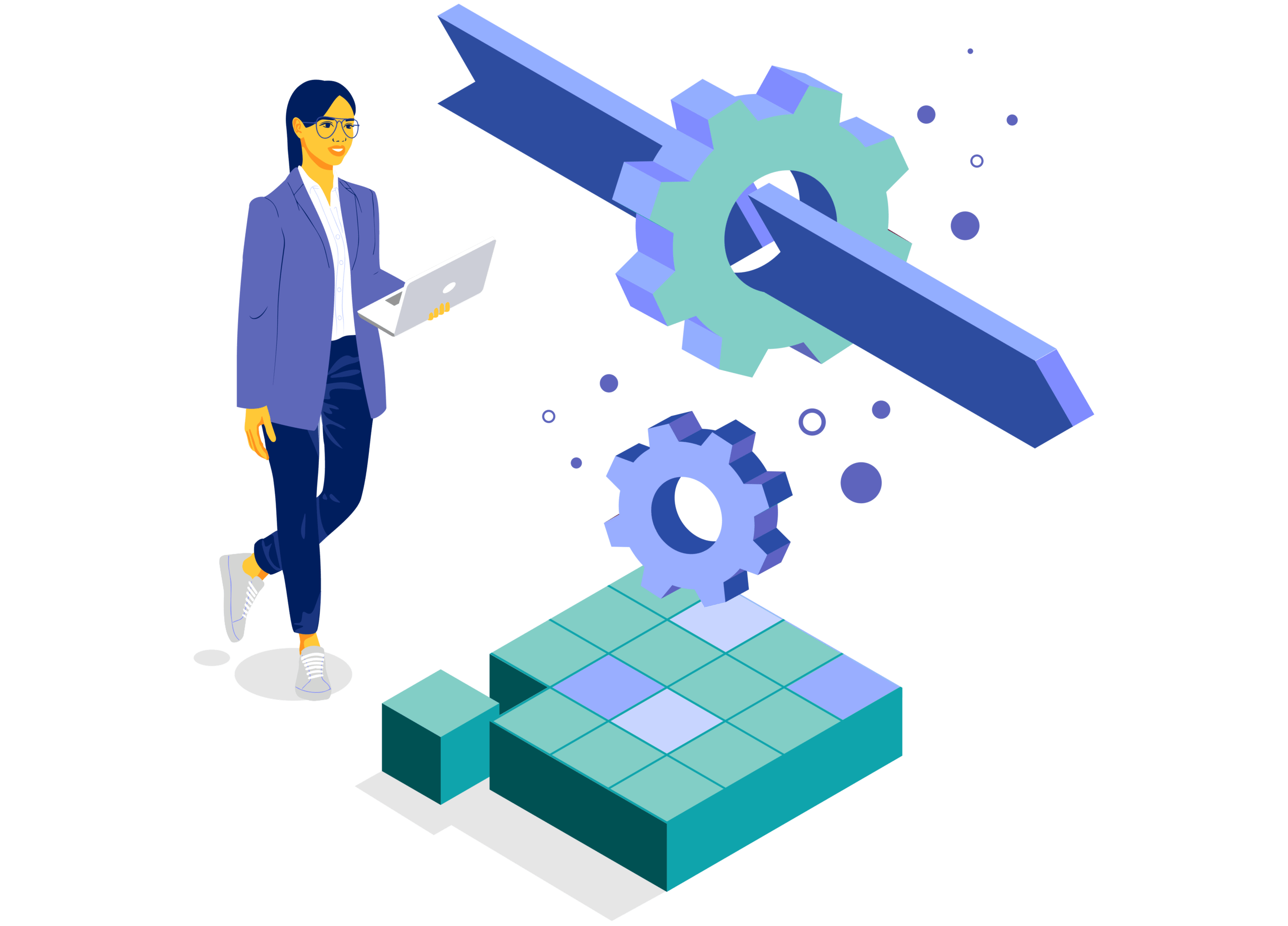Business orchestration and automation technologies (BOAT)
A unified platform for enterprise automation
What is BOAT?
Business orchestration and automation technologies (BOAT) refers to a new class of platform designed to automate, streamline, and integrate complex business processes and operations. A true BOAT platform allows a business to enhance efficiency, reduce manual intervention, and enable end-to-end process orchestration and automation.


Why is BOAT important?
Overlapping technologies across RPA, BPA, and general process automation platforms has led to natural consolidation and the emergence of true, end-to-end business orchestration and automation technology. The emergence of BOAT creates a significant opportunity for innovation and efficiency for today’s leaders, helping to enable the vision of the autonomous enterprise.
Benefits of BOAT
- Increased efficiency and productivity
A BOAT platform enables the automation of repetitive tasks, allowing teams to focus on higher value initiatives. - Higher quality output and fewer manual errors
True business orchestration and automation improves the consistency and quality of output while reducing the likelihood of manual errors. - Cost savings
Consolidating multiple technologies into a single business orchestration and automation platform reduces waste and technical debt while maximizing operational efficiency. - Scalability
BOAT allows businesses to scale workflows rapidly while quickly adapting to changes in demand, market conditions, or business processes.
How do different BOAT components work together?
What previously required stitching together multiple disparate systems will be consolidated under BOAT, providing a more unified experience and allowing business and IT users to collaborate more effectively. Some of the key components and capabilities of BOAT platforms include:
Robotic process automation
Robotic process automation (RPA) automates repetitive, rule-based tasks by mimicking human interactions with software applications.
Business process automation
Business process automation helps model, automate, and optimize complex business processes and workflows.
Workflow automation
Enterprise workflow automation helps to connect different applications and services, enabling automated data transfers and task execution.
Low-code application development
Low-code application development allows the rapid creation and iteration of applications and workflows with minimal coding, focusing on ease of use, faster deployment cycles, and citizen development.
Artificial intelligence
Specialized and generative artificial intelligence will accelerate the adoption of BOAT platforms across large organizations, "enabling autonomous and intelligent orchestration of tasks" and workflows that previously required human intervention.

The Future is BOAT: New Report from Gartner®
Get the report
BOAT capabilities
Process discovery & mining
Tools for discovering, analyzing, and optimizing business processes allow technical and creative stakeholders to continuously identify opportunities for improvement.
Process orchestration
A BOAT platform should enable the orchestration and execution of complex workflows and support case management for sophisticated, highly regulated business processes.
Automation
Business orchestration technologies should enable the automation of routine, manual tasks and streamline more complicated processes across different business operations.
Intelligent document processing (IDP)
A true BOAT platform enhances the ingestion and processing of unstructured data across different sources of documentation, streamlining information and knowledge management.
Embedded intelligence
By incorporating artificial intelligence, machine learning, and generative AI, a BOAT platform can enhance the decision-making process and enable autonomous task management.

The future of BOAT
Driven by continued advancements in artificial intelligence and machine learning, BOAT will enable the autonomous enterprise. As technologies like RPA, BPM, iPaaS, and low code are increasingly consolidated into end-to-end orchestration platforms, AI-first capabilities will lead to more self-sufficient systems that can learn from data and adapt to changing business environments in real time.
Frequently Asked Questions about BOAT
Enter the age of the autonomous enterprise
Learn moreGARTNER is a registered trademark and service mark of Gartner, Inc. and/or its affiliates in the U.S. and internationally and is used herein with permission. All rights reserved.
Gartner, Inc. Quick Answer: Beyond RPA, BPA and Low Code — The Future Is BOAT. Saikat Ray, Keith Guttridge, etl. 11 July 2024.
